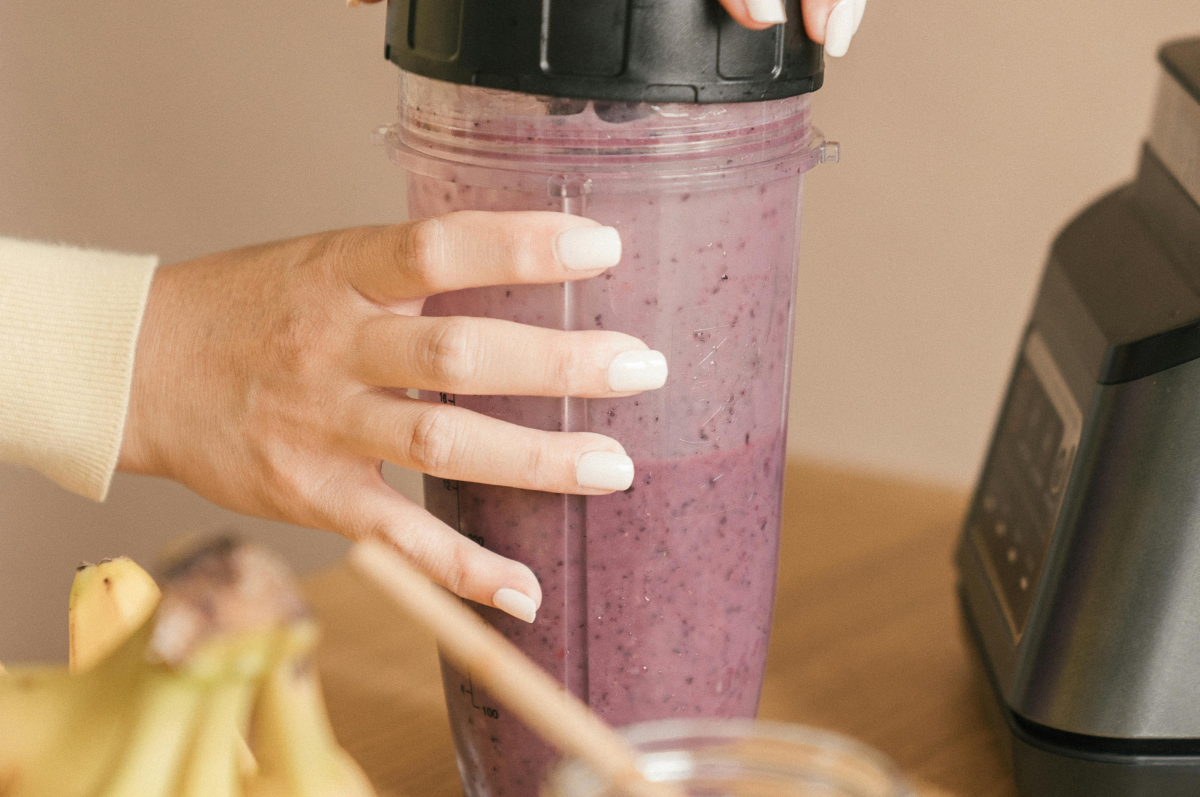
Social media health food trends – what should or shouldn’t be followed?
We examine trending health food advice on TikTok, Instagram and Reddit, with expert insight into what is evidence-based and what may be misleading.

How to make a healthy smoothie for a happier gut
Start your day the gut-friendly way with these simple and satisfying vegan breakfast ideas. Packed with fibre, nutrients and plant-based goodness, these recipes are designed to nourish your gut and keep you energised all morning. Whether you’re new to vegan eating or just looking to support your digestive health, these breakfasts have you covered.

Healthy vegan breakfast recipes for a happy gut
Start your day the gut-friendly way with these simple and satisfying vegan breakfast ideas. Packed with fibre, nutrients and plant-based goodness, these recipes are designed to nourish your gut and keep you energised all morning. Whether you’re new to vegan eating or just looking to support your digestive health, these breakfasts have you covered.

What foods are good for gut health?
Discover how to enhance your gut health with simple dietary changes. Learn about gut-friendly foods and habits that promote a balanced microbiome for better digestion.
Our Author

Kim Plaza
MSc, BSc (Hons), MBANT, rCNHC, Registered Nutritionist

Ellie Mason
Personal Trainer and Online Coach

Dr. Erica Mulholland
MBChB Medical Doctor

Matthew Hudson
MSc, BSc (Hons), Registered Associate Nutritionist (ANutr) Technical Advisor

Rob Hobson
Writer and expert